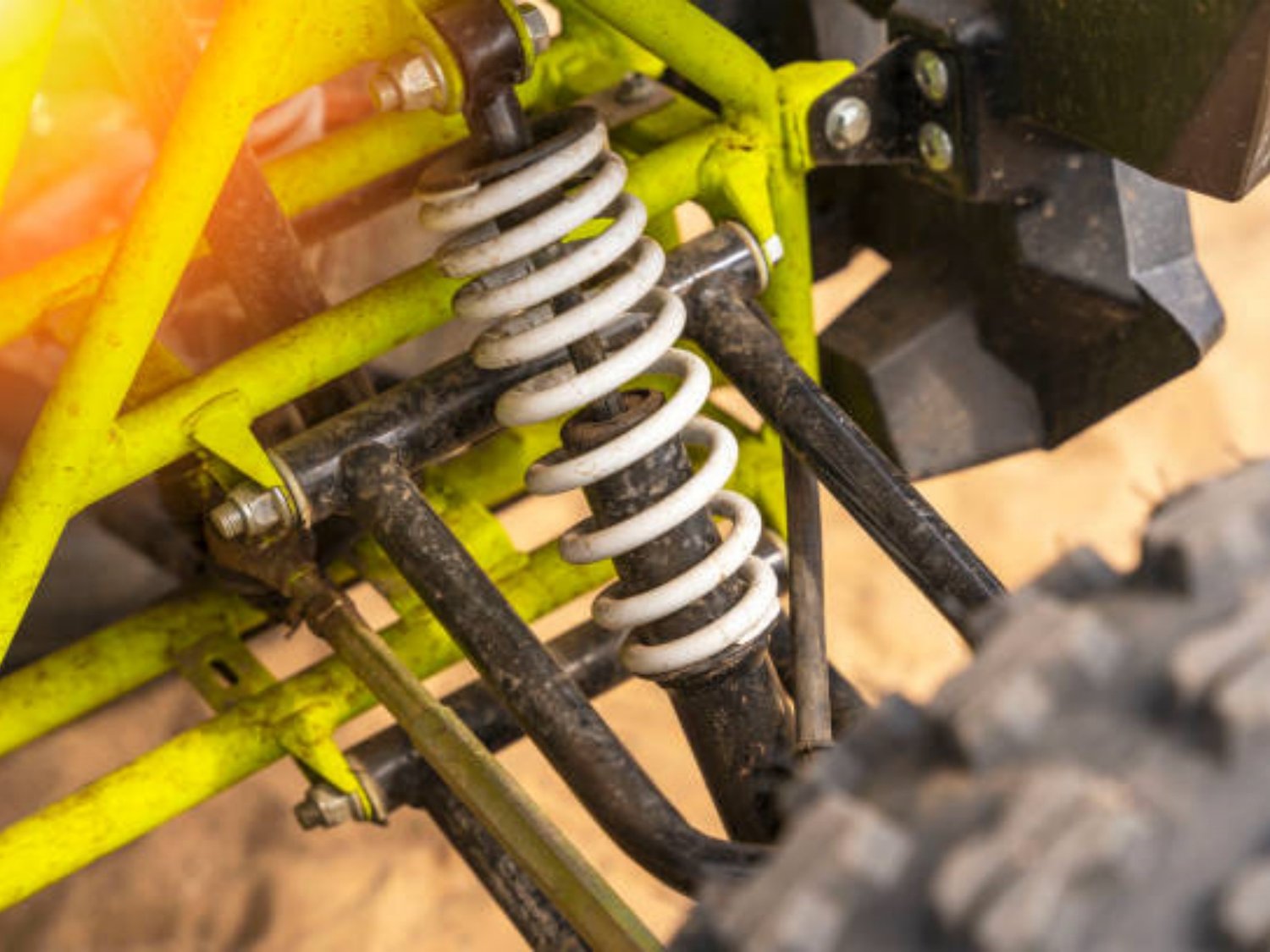What Are suspension springs?
Suspension springs are an integral component of a vehicle's suspension system. They are responsible for absorbing shocks and vibrations from the road surface, providing a smooth and comfortable ride for passengers. Suspension springs play a crucial role in maintaining stability, handling, and overall safety of the vehicle.
Types of Suspension Springs
There are several types of suspension springs used in vehicles, each offering different characteristics and benefits. The most commonly used types include:
1. Coil Springs
Coil springs are the most widely used type of suspension springs. They are made of a helical coil of spring steel and provide a progressive spring rate, meaning they offer different levels of resistance depending on the amount of force applied. Coil springs are known for their durability and ability to handle heavy loads.
2. Leaf Springs
Leaf springs consist of multiple layers of spring steel strips stacked on top of each other. They are commonly used in trucks and heavy-duty vehicles. Leaf springs provide excellent load-carrying capacity and are known for their stability and durability.
3. Torsion Bars
Torsion bars are long, slender bars made of spring steel. They work by twisting along their length to provide resistance against the forces exerted on the suspension. Torsion bars are often used in vehicles with independent front suspension systems.
4. Air Springs
Air springs, also known as airbags, use compressed air to support the vehicle's weight. They offer adjustable suspension height and stiffness, making them popular in luxury vehicles and commercial trucks. Air springs provide a smooth and comfortable ride, especially when carrying heavy loads.
The Importance of Suspension Springs
Suspension springs play a crucial role in ensuring a vehicle's performance and safety. Here are some key reasons why suspension springs are important:
1. Smooth Ride
Suspension springs absorb shocks and vibrations from the road, providing a smooth and comfortable ride for passengers. They help minimize the impact of bumps, potholes, and uneven road surfaces, enhancing overall driving experience.
2. Stability and Handling
Suspension springs help maintain stability and control of the vehicle. They distribute the weight of the vehicle evenly, ensuring all four wheels maintain contact with the road surface. This improves traction, cornering ability, and overall handling.
3. Load Carrying Capacity
Depending on the type of suspension spring used, they can support different loads. Leaf springs, for example, are known for their excellent load-carrying capacity, making them suitable for trucks and vehicles that often carry heavy loads.
4. Protection of Vehicle Components
The use of suspension springs helps protect various vehicle components from excessive wear and damage. By absorbing shocks and vibrations, suspension springs reduce the stress on other components such as tires, shocks, and steering system, prolonging their lifespan.
5. Enhanced Safety
Properly functioning suspension springs contribute to overall safety on the road. They help maintain tire contact with the road surface, improving braking performance and reducing the risk of skidding or loss of control. Suspension springs also help minimize body roll during cornering, ensuring better stability and control of the vehicle.
Maintaining Suspension Springs
Regular maintenance of suspension springs is essential to ensure optimal performance and longevity. Here are some tips to keep in mind:
1. Inspect for Damage
Regularly inspect suspension springs for signs of damage, such as cracks, corrosion, or sagging. Replace any damaged springs to maintain proper functionality.
2. Check Alignment
Improper wheel alignment can put additional stress on suspension springs. Regularly check and adjust wheel alignment to prevent premature wear and tear on the springs.
3. Lubrication
Some suspension springs may require lubrication to reduce friction and ensure smooth operation. Refer to the vehicle's manual or consult a professional for specific lubrication requirements.
4. Replace Worn-out Springs
If you notice a significant decrease in ride quality or handling, it may be time to replace worn-out suspension springs. Consult a professional mechanic for proper replacement and installation.
Conclusion
Suspension springs are a vital component of a vehicle's suspension system, providing a smooth ride, stability, and overall safety. Understanding the different types of suspension springs and their benefits can help you make informed decisions regarding your vehicle's suspension. Regular maintenance and prompt replacement of worn-out springs are essential for optimal performance and longevity.

